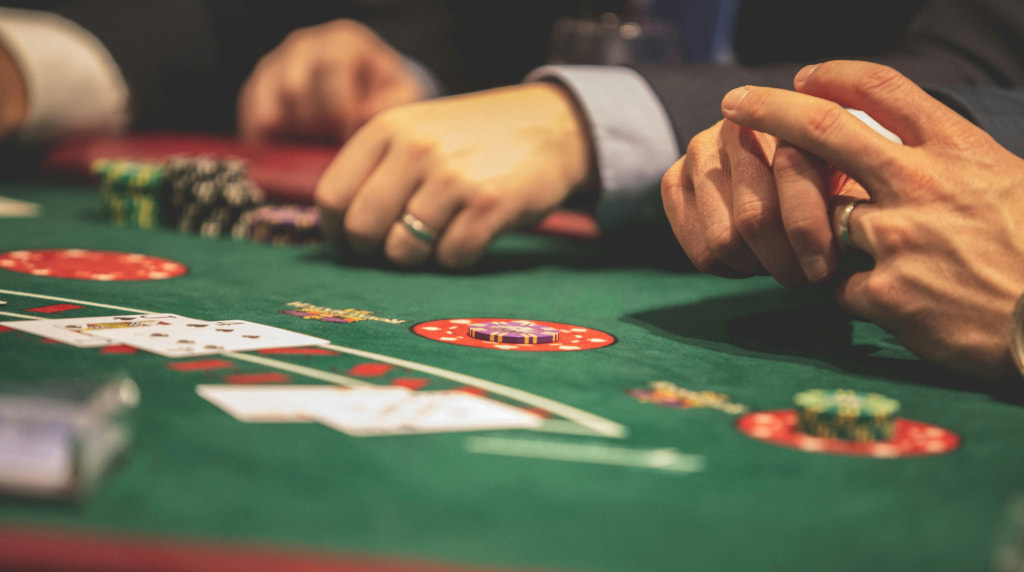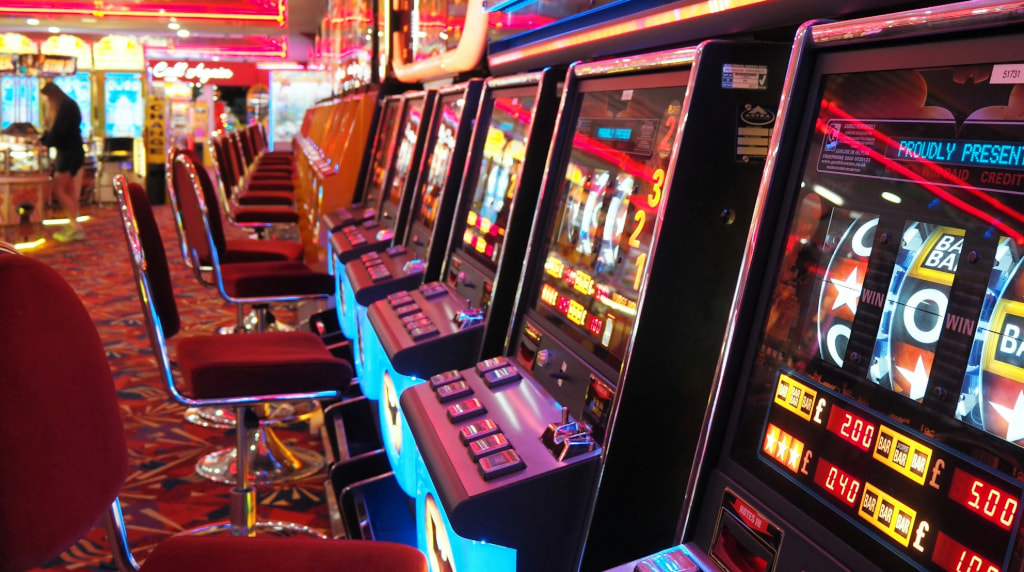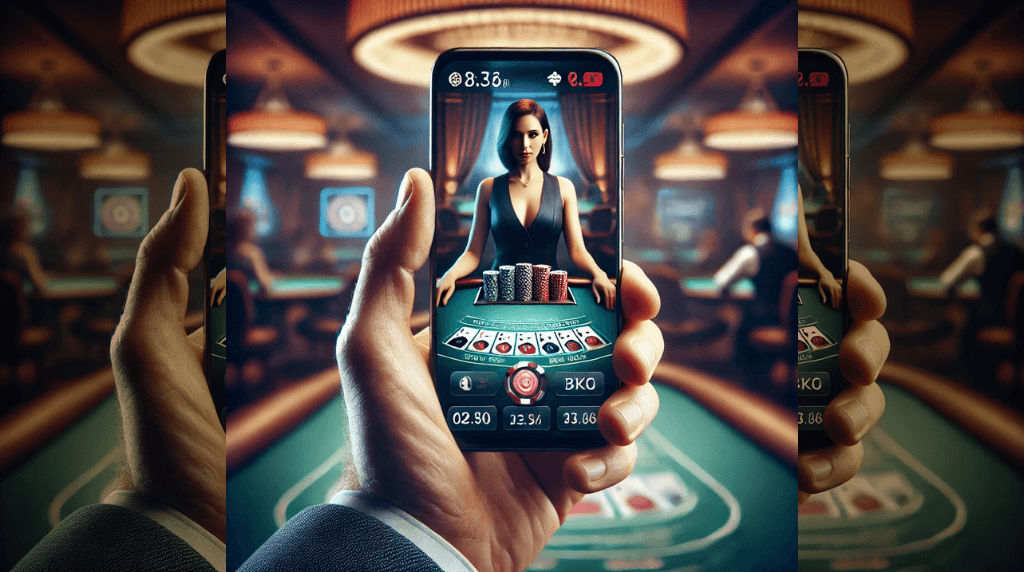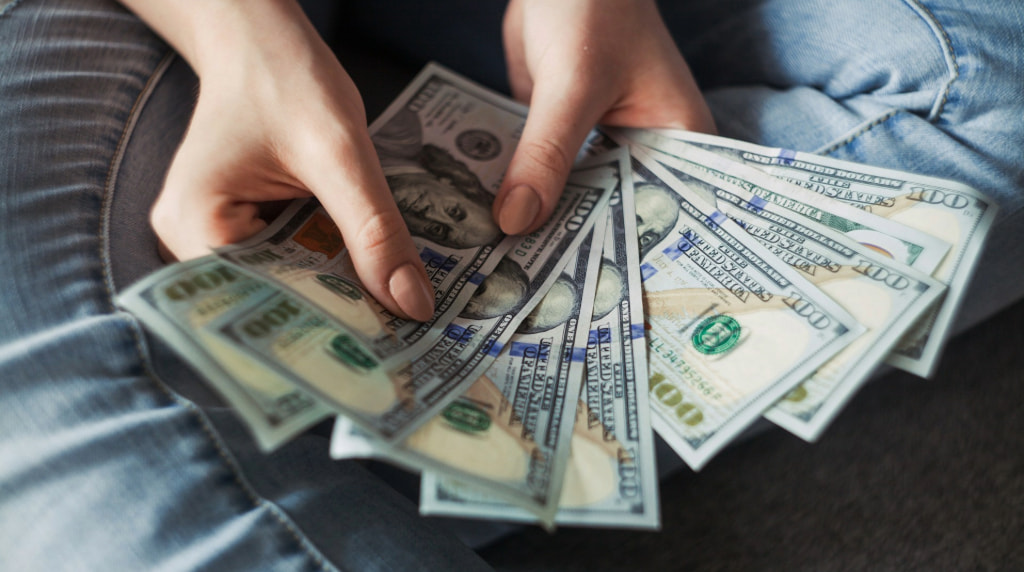Master Blackjack Strategy on Games with a Low House Edge
Blackjack offers one of the lowest house edges among casino games, often below 1% at both online and land-based casinos. In contrast, other games like slots may have close to a 10% house advantage. This guide will help you find the best blackjack games with the lowest house edge.
Blackjack House Edge Explained
The blackjack house edge is reliably one of the lowest of all casino games. Unlike slots, we can quickly determine the house advantage in blackjack by looking at the number of decks and the specific casino rules, such as dealer stands on all 17s.
An extremely low house edge can be found at many online US blackjack sites and at some land-based establishments as well, especially off-strip properties in Las Vegas or smaller regional markets across the country. This means you can play longer, earn more comps, and even have a much better chance of having a winning session.
When we talk about house edge, we mean what percentage of each bet can we expect to lose on average on each hand. So if a given blackjack game has a house edge of 0.22%, we are saying that, on average, you will lose 22 cents on every one hundred dollars bet over the course of many, many hands.
The reverse of this is called return to player rate, or RTP. It shows how much we can expect to get back on each hand over time. So if you see a house edge of 0.22%, then our expected return is 100% minus the house advantage (HA), so in this case, 99.78%.
Many online casinos prefer to state the house edge in terms of RTP, so just know that RTP and HA are just flip sides of the same coin and always equal 100%.
If we know the house edge, how much we bet, and how many bets we will make in an hour, then we can work out an hourly loss rate, which can help us see just how quickly a low house edge can add up.
If we make 60 $10 blackjack bets at a 0.5% house edge over the course of an hour, we would expect to lose $3 an hour. If we make 500 $1 bets on a slot machine at a 5 % house edge, we lose $25 an hour.
This is why it can pay to seek out the lowest house edge on blackjack games. Especially when we consider that many blackjack games, especially online ones, have smaller house edges than this example, and many slots have far higher house edges.
How to Spot Lower Blackjack House Odds
The first thing we need to know is that blackjack is a solved game. A computer has worked out how to play each hand against any dealer’s upcard in any given rule set and with any number of decks.
This is what we refer to when we mention basic strategy – the exact way to play your hand in every situation. While you may hear people refer to it as a book, it is, in fact, a simple card that you can purchase or print online showing you how to play each hand depending on which rules and how many decks are in use.
Any reference to blackjack’s house edge automatically assumes you are playing every hand the way you are meant to. If you deviate from basic strategy, you will probably find yourself 2% to 5% worse than you would have been using your basic strategy card.
Number of Decks Matter
The next thing to know is that the number of decks that are in play also affects the house’s advantage. The lower the number of decks, the better for the player. For instance, with the very liberal rule set of dealer stands on all 17’s, double after split allowed, split up to 4 times, and resplit aces, the house edge is 0.201%, but the same game when played with six decks goes to 0.357%.
While that 0.156% may not sound like much, it means that the double deck is about 70% less house edge than the six-deck game.
Of course, the casino is aware of this, and in land-based casinos, most double decks with good rules will have minimums of $25 to $100 or even more on a busy weekend. Top online casinos, however, may offer a double deck game with a good rule set for as low as $5, perhaps less.
Different Payouts
The most significant changes to house advantage, of course, come with different rule sets. And the most important of these by far is whether the house pays three to two when you receive a blackjack or if they “shortpay” you with a six to five payout.
In the excellent game we listed earlier, with only two decks and liberal rules, the blackjack casino edge would go from .20% to more than 1.5%. Thus making this game more than 700% worse. This means you lose your money seven times faster.
Do not play 6 to 5 games. They are designed to take advantage of new and unsuspecting players. They seriously harm the mathematics of the blackjack house advantage that has long made this game the most popular throughout most of the world.
Blackjack Surrender
Another common rule is surrender. This rule allows you to give up half your bet after you’ve been dealt your first two cards. When you are only allowed to surrender after the dealer has checked for blackjack, it is called late surrender and is good for 0.05% on our double deck game.
On a six-deck shoe, it is good for about .07%. If you can surrender before the dealer checks for blackjack, that is early surrender and can be highly lucrative. It adds 0.6% on a six-deck shoe, meaning absent other rule changes, the player would have the advantage.
Other Rules Affecting the House Edge
Here’s a quick look at some other rule changes and how they would affect our hypothetical double deck game from earlier.
- Dealer Hits Soft 17: Adds 0.2% to House Advantage
- Player Can Not Double After Split: Adds 0.14% to House Advantage
- Player Can Double on 10 or Eleven Only: Adds 0.22% to House Advantage
- Player Only Split Hands Once: Adds 0.1% to House advantage
- Player Can Not Resplit Aces: Adds 0.05% to the House advantage
While these are some of the most common rule changes, there can be many others. When in doubt, it is a simple matter to Google any odd rule changes you may come across.
I’ve twice been to casinos that were offering a two-to-one blackjack promotion. This simple rule change gives the player about a 1.9% advantage over the house. Needless to say, it didn’t last long.
But it shows that you should pay close attention to even small rule changes and know how they can change blackjack house odds.
Hunting Low House Edge Blackjack Games
Like any hunter, when we look for the lowest house edge blackjack games, we need to know their habitat and where the best places to begin to find them usually are. If you are in Las Vegas, you are unlikely to see your elusive quarry on the strip.
While it’s possible you might find some decent blackjack in the high limits salons, the minimums are typically $100 to $500, which is extreme, especially when most experts will tell you that you need 100 to 200 average bets for your bankroll.
While downtown Las Vegas does have some low blackjack house edge games, they have begun to dry up here as well, though at least downtown, you are likely to encounter mostly 3/2 blackjack and not the unfavorable 6/5 blackjack.
Land-Based Casinos with Low Blackjack House Edge
The best places to look for reasonable rules and low house edge are the casinos that set away from the touristy areas a bit. We like Jerry’s Nugget and Ellis Island, which are just blocks away from the more frequented areas but which draw the locals.
Another great place to start is the El Cortez, which is only a block away from the Fremont Street experience but offers some blackjack games with favorable rules and a look back into La Vegas history.
Just as we can expect to find lower house edge rules on higher minimum bet tables, the same is true of regional casinos. Those that draw less business generally have lower house edge rules and games. For instance, Reno has some great rules compared to Las Vegas Strip properties.
Common rules at casinos in the Midwest and the South, like double deck games that stand on all 17, are never seen in places like Atlantic City and Connecticut, where most blackjack games have much higher edge house rules.
Another easy rule of thumb is that states with high taxes on casinos will have much more restrictive house rules in general. If you are headed to, let’s say, Chicago for a weekend and you want to know about the house rules and what kind of house edge you may be facing, you can always make a phone call.
The casinos will be happy to share their house rules over the phone, and you can get a better sense of how much bankroll you may need and which blackjack strategy chart to bring.
House Edge in Blackjack Side Bets
Let’s preface this with don’t bet the blackjack side bets. They have a horrible, no good, really bad house edge and are designed to help casinos compensate for what, in many ways, is too generous a house edge in traditional blackjack.
But since it’s just a statistical fact that some of you are going to bet it anyway, we will take a quick look at typical house edge on some of the more popular side bets.
- 21+3: 3.24% on a six-deck shoe, rising to 7.26% on a double-deck.
- 21+3 Top Three: 9% on an eight-deck game
- Royal Match: If the first two cards are suited, pays 2.5 to one, and Royal Match pays 25 to 1, 6.66% HA on 6 deck games.
- Perfect Pairs: If 25 to on Perfect Pair, 12 to 1 on a colored pair, and 6 to 1 on any other pair; you have house odds of 6.1% on a six-deck game but an astonishing 22.3% on a double deck game.
- Insurance: Despite some confusion, Insurance is a side bet, and one you should never take as the house edge is 7.4% when facing a six-deck shoe.
As you can see, these range from slightly putrid to really unfavroable. It’s up to you to decide whether you would like to place such wagers, although I stay far away from side bets in almost all situations.
Conclusion
Blackjack has remained very popular because when played by those with even a cursory knowledge of relevant basic strategy, they can usually see house edge as low as 2%. This means blackjack players will see many more winning sessions than other casino game players, and even when they lose, they will lose on average less than players who chose other games.
A player who uses a basic strategy chart religiously and looks for good house rules will have a house advantage of less than 0.5 %. He will have even more opportunities for winning sessions and, over time, will see much less volatility in their losses. Becoming acquainted with the house rules that help set this game apart and seeking them out whenever possible is well worth it. Happy Hunting.




